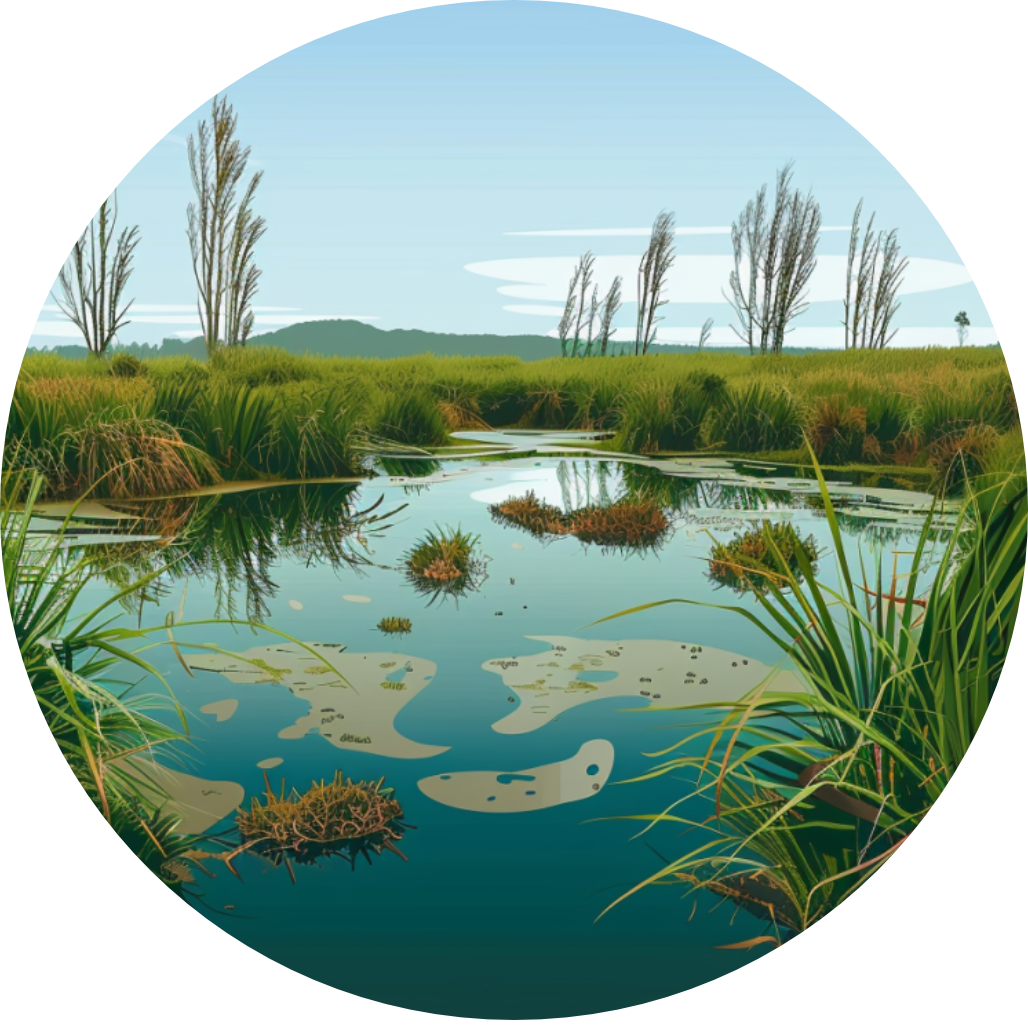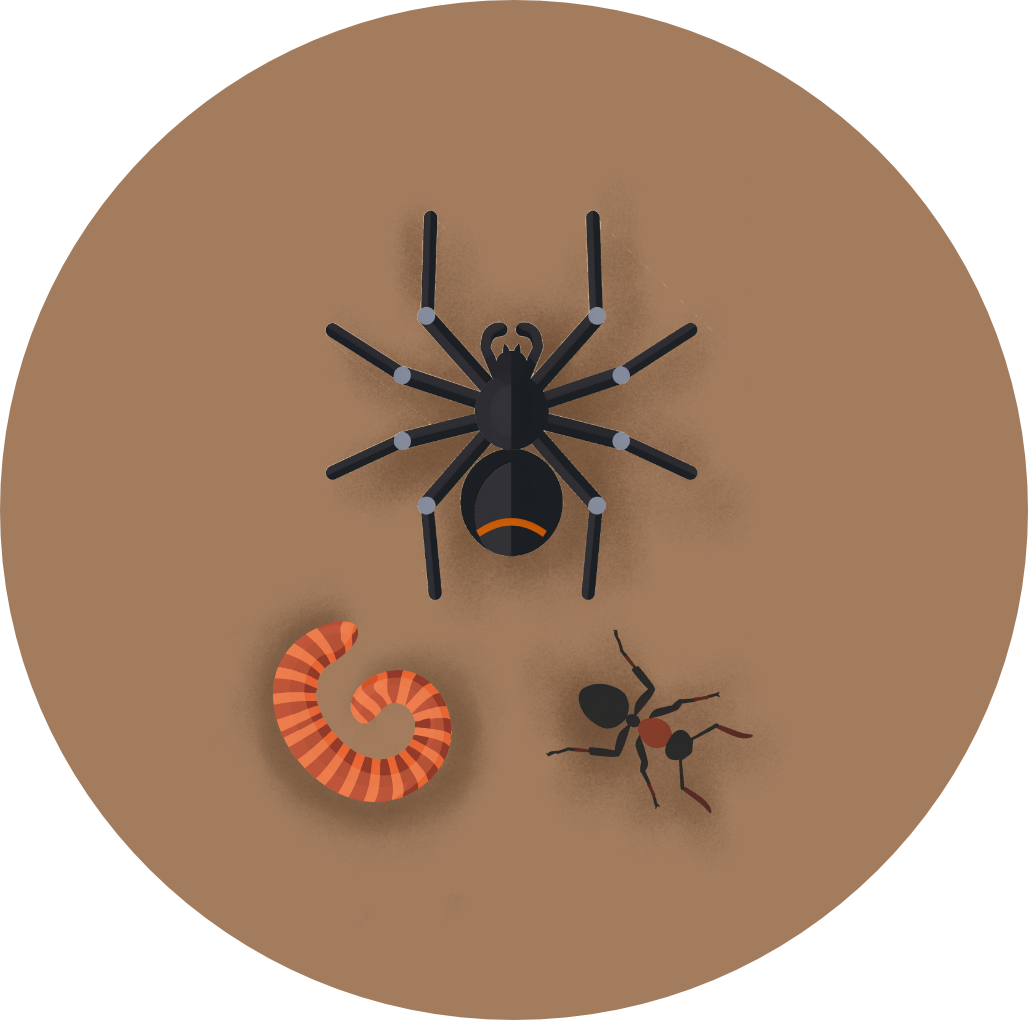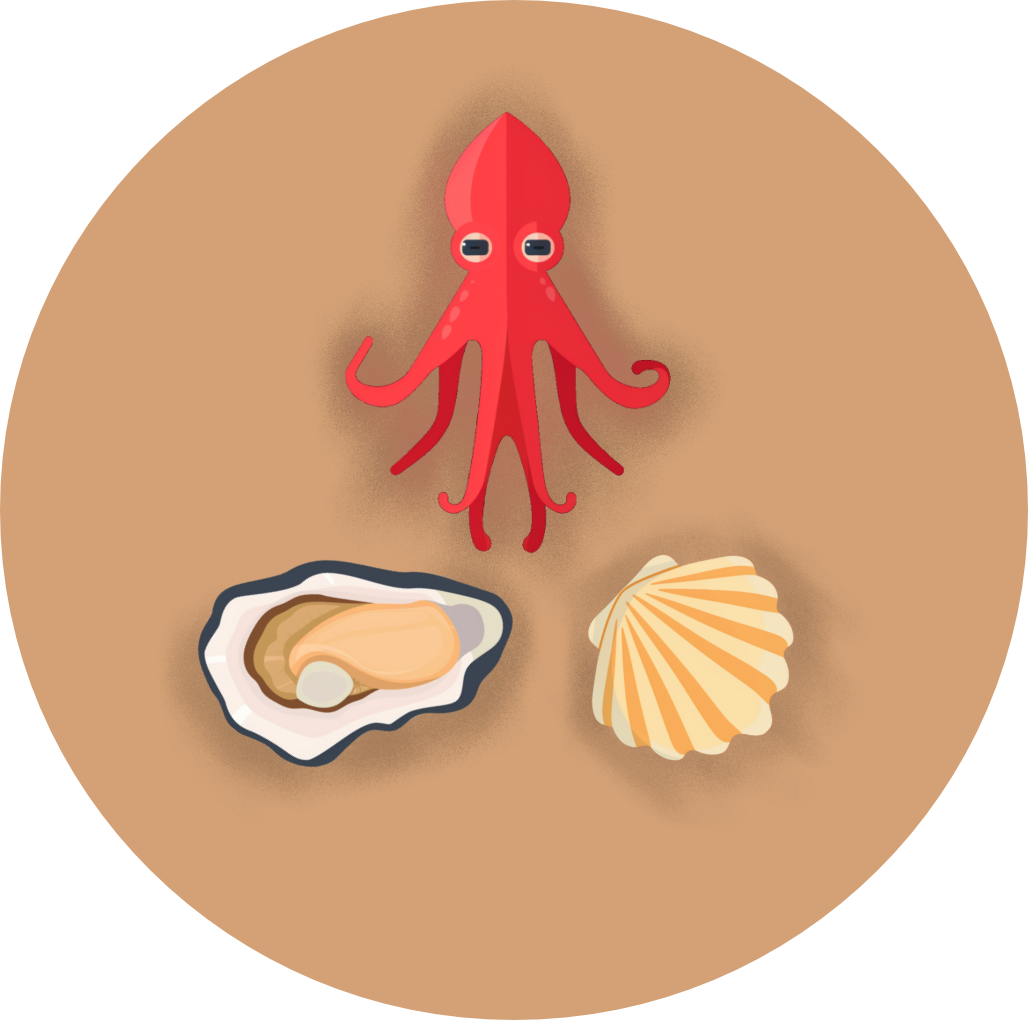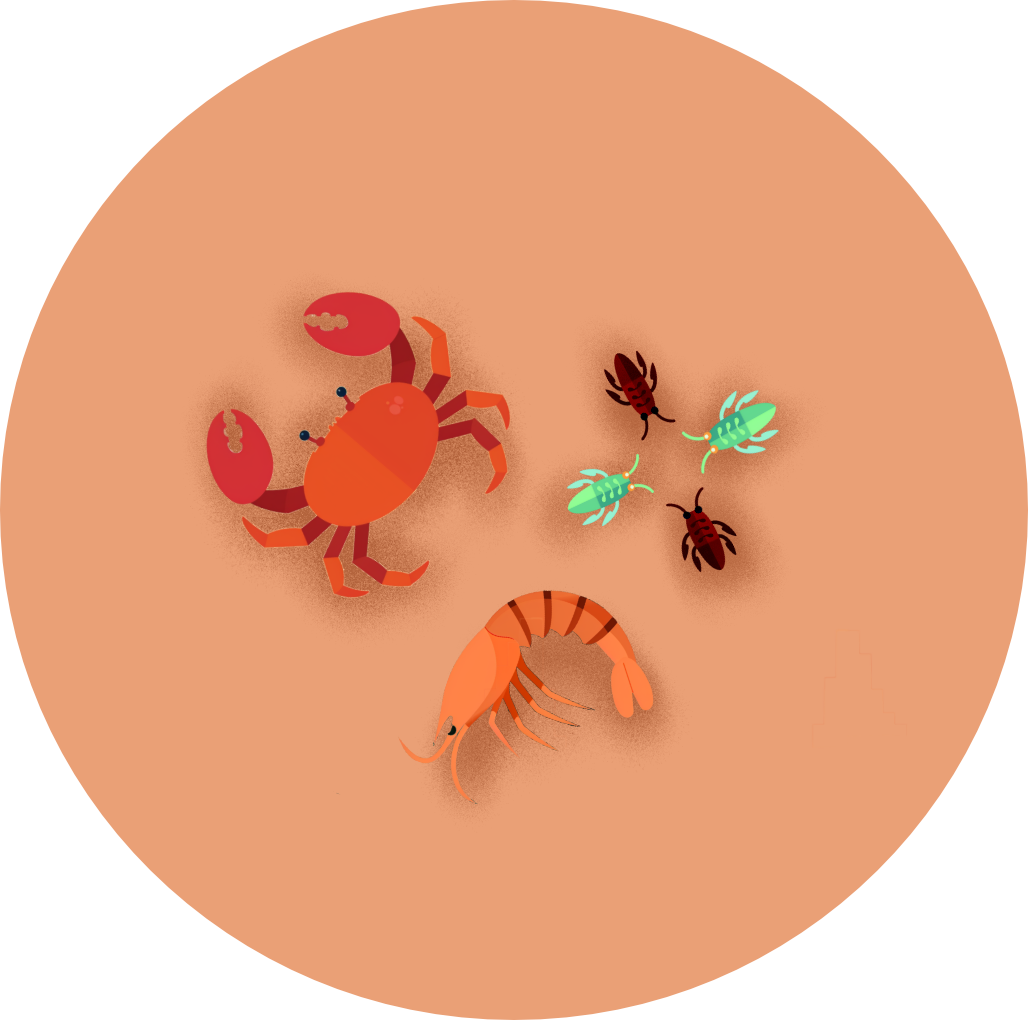
Wrybill Wrybill
Anarhynchus frontalis
Also known as: Ngutuparore



Anarhynchus frontalis
Also known as: Ngutuparore


The Wrybill, or Ngutuparore in Māori, is a unique native bird of New Zealand. About the size of a blackbird, this small plover is famous for its distinctive sideways-curved bill. Found only in New Zealand, the Wrybill's journey from South Island riverbeds to North Island coastal areas is a remarkable story of adaptation and survival.
1. Breeding adults have a black breast band; non-breeding birds lack this distinctive marking
2. Unique black bill curved to the right, unmistakable when seen up close
3. Pale grey upper parts and white underparts, blending perfectly with riverbed stones
Wrybills breed on braided rivers, laying well-camouflaged eggs among the stones. They're famous for their 'broken wing' distraction display to protect nests. After breeding, they migrate to North Island coastal areas. Introduced predators and habitat loss pose significant threats, with flooding and human disturbance additional challenges during breeding season.
Look for Wrybills on the braided rivers of Canterbury and Otago in the South Island during breeding season (September to January). They nest on open shingle riverbeds, so scan gravelly areas near water. In winter, most migrate to North Island harbours like the Firth of Thames and Manukau Harbour. Dawn and dusk are great times to spot them foraging. A tip: their grey plumage camouflages them well, so watch for movement rather than color\!
Known as Ngutuparore in Māori, the Wrybill has long been part of New Zealand's unique fauna. Its Māori name, meaning 'twisted nose', reflects its distinctive bill shape. This bird's ability to adapt to both riverbed and coastal environments showcases the diversity and resilience of New Zealand's native wildlife, making it a symbol of conservation efforts.
20 cm
55 g







Coming Soon!
Top birding locations will be available in a future update.